
Static forecasts and manual planning leave enterprises exposed to risk, missed opportunities, and delayed decisions. With machine learning–powered forecasting and predictive modelling, we help you anticipate demand shifts, simulate scenarios, and act with confidence before disruption hits.
What this means for you:

Build dynamic models that evolve with your business conditions.

Run scenario simulations to stress-test strategies before committing.

Uncover drivers of margin, demand, and revenue so leaders can act decisively.




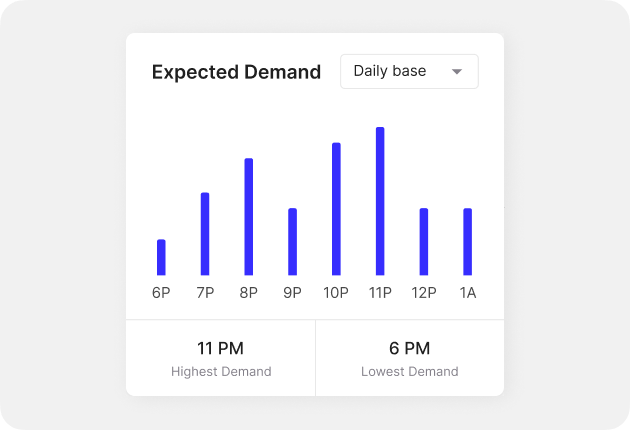
.png)
.png)
.png)
.png)
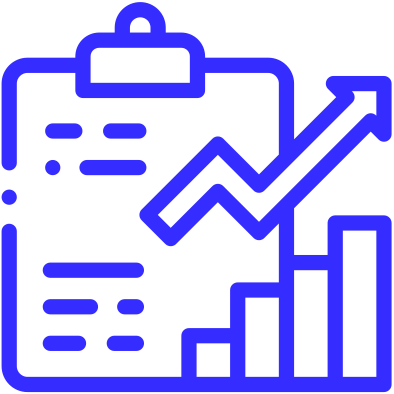
Predict the likelihood of loan defaults by analysing transaction history, credit scores, and macroeconomic factors.

Forecast long-term profitability of individual clients to guide investment in high-value relationships.

Use predictive anomaly detection to flag suspicious transaction patterns before financial loss occurs.

Anticipate subscription cancellations or user attrition to trigger proactive retention campaigns.
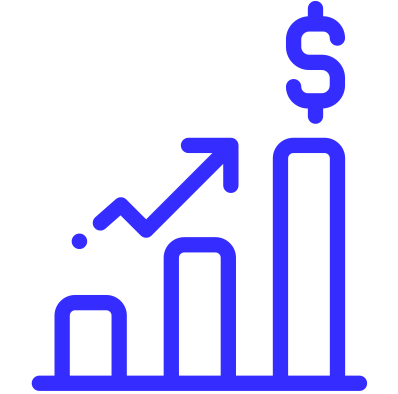
Predict advertising spend and campaign performance using customer engagement and seasonality data.

Forecast which shows, games, or platforms will gain traction based on audience behaviour and historical consumption.
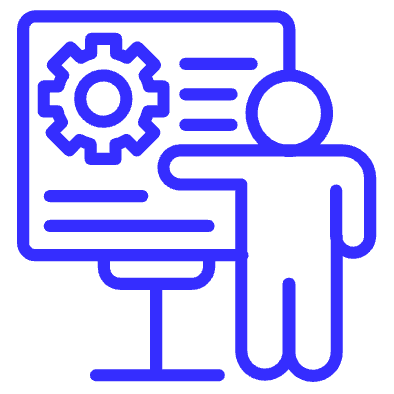
Predict patient volumes for services or prescriptions to optimise staffing and inventory.

Model enrolment rates and participant retention for more accurate trial timelines and cost planning.
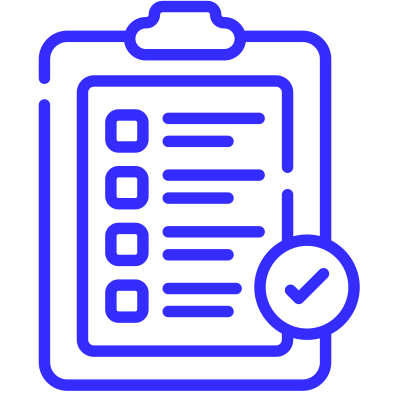
Forecast revenue trajectories for new treatments using historical analogues, prescriber behaviour, and patient data.

Predict customer consumption patterns at regional and enterprise levels to balance supply and grid stability.
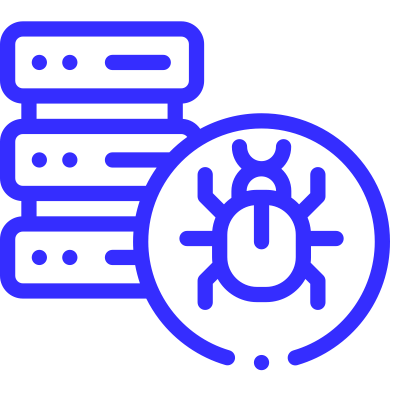
Use predictive maintenance on high-value assets (turbines, transformers) to avoid outages and financial losses.

Model likelihood of late or missed bill payments to manage cash flow and collections strategy.

Predict tax revenues, fines, and fees to inform budget allocations and long-term planning.

Anticipate peaks in applications (e.g., benefits, licences, healthcare services) to optimise resource allocation.
Use predictive analytics on claims, permits, and grants to identify irregularities and reduce financial leakage.
At its core, predictive forecasting combines statistical rigour with machine learning adaptability to deliver foresight that’s both accurate and actionable. The principles below are what separate sophisticated predictive models from traditional forecasting spreadsheets.
Accurate forecasting starts with clean, representative data. This means blending historical performance, real-time signals, and external variables such as market trends or macroeconomic indicators. Without reliable inputs, no model can deliver trustworthy outputs.

Predictive models excel at finding relationships and trends hidden in data. Techniques like regression analysis, time-series modelling, and feature engineering uncover how different factors interact — from seasonality in demand to pricing sensitivity.
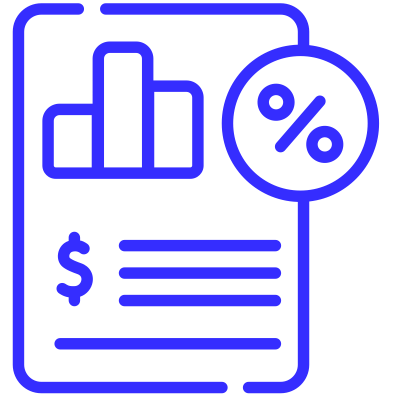
Unlike fixed formulas, machine learning models evolve as new data arrives. They self-correct, learn from errors, and adapt to new conditions — ensuring forecasts remain relevant even as business dynamics shift.

Modern forecasting isn’t about one “best guess.” It’s about simulating multiple possible futures. Advanced models provide scenario ranges, sensitivity analyses, and probability-weighted outcomes, helping leaders prepare for uncertainty.
Executives need to understand why a model says what it does. Predictive modelling incorporates explainable AI techniques, bias checks, and accuracy metrics — creating forecasts that are not just smarter but also transparent and auditable.

The value of predictive forecasting is realised when insights translate into decisions: adjusting budgets, recalibrating supply chains, reallocating sales investment. The principle is simple: forecasts must inform strategy, not just report numbers.